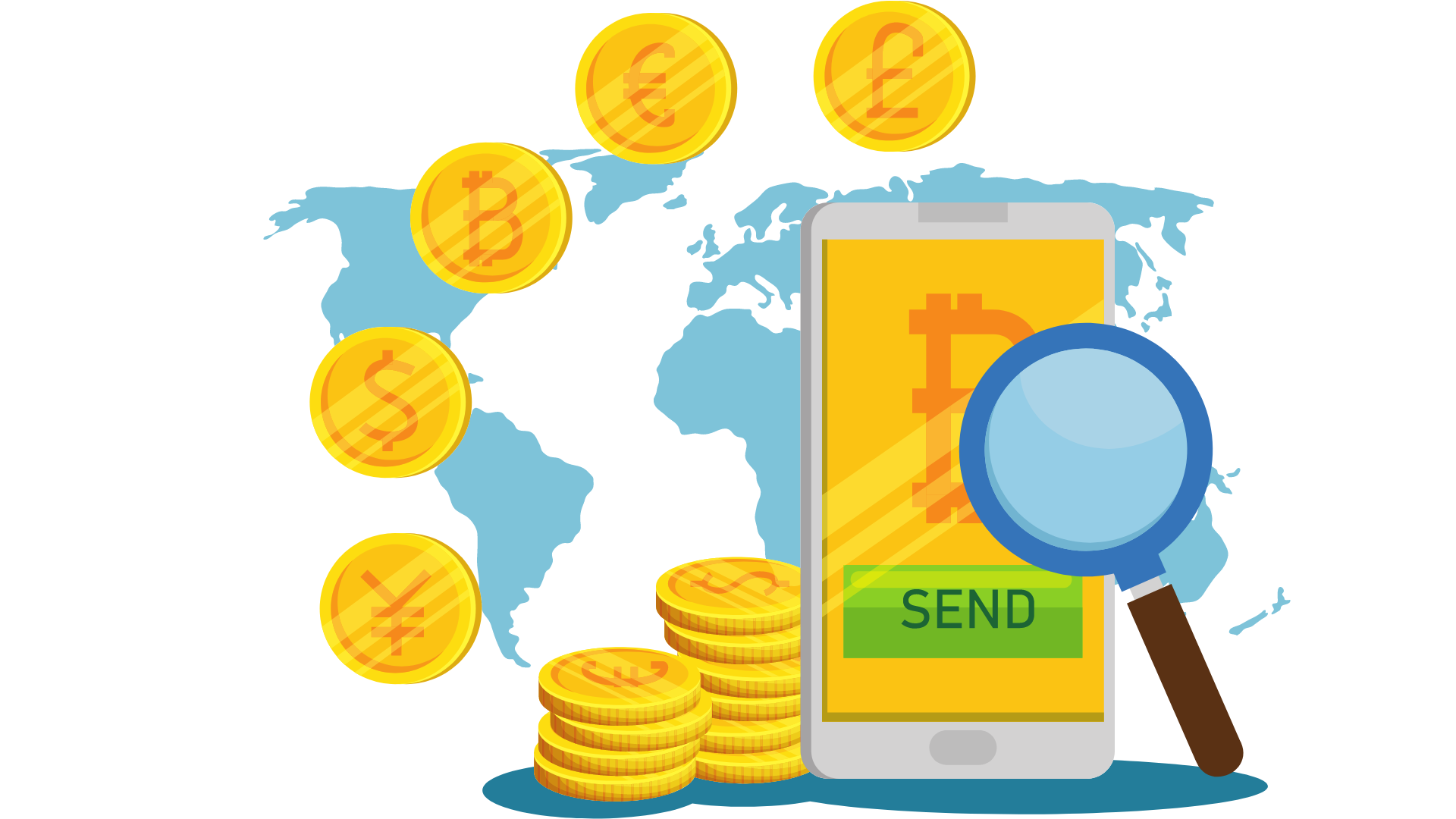All Money Sign: A Comprehensive Guide for Developers and Businesses
Money symbols are ubiquitous in our daily lives, representing different currencies and financial systems worldwide. From the familiar dollar sign ($) to the more exotic Thai Baht symbol (฿), each symbol has a unique history and significance. In this guide, we'll explore a variety of money signs from around the globe, providing insight into their origins, meanings, and usage in different cultures and contexts.

The Dollar Sign ($)
The dollar sign ($) is perhaps the most recognized money symbol globally, representing various currencies such as the US Dollar (USD), Canadian Dollar (CAD), Australian Dollar (AUD), and many others. Its origin is widely debated, with theories suggesting it evolved from the Spanish "Peso" or the abbreviation "ps" for "peso duro," a Spanish silver coin.
The Euro Sign (€)
The Euro sign (€) is the official currency symbol of the Eurozone, representing the Euro (EUR). Designed by the European Union, the Euro sign is based on the letter "E" and symbolizes stability and integration in Europe's economic union.
The British Pound (£)
The British Pound sign (£) is synonymous with the currency of the United Kingdom (GBP) and its territories. Its origins trace back to the Latin word "libra," meaning balance or scales, symbolizing the ancient Roman measurement unit of weight.
The Japanese Yen Sign (¥)
The Japanese Yen sign (¥) is used to denote the currency of Japan (JPY). Its design is inspired by the Spanish "Real de a Ocho" coin, which circulated in Japan during the 17th century.

The Indian Rupee Sign (₹)
The Indian Rupee sign (₹) represents the currency of India (INR) and was adopted in 2010. Its design is a blend of the Devanagari script "र" (ra) and the Roman capital "R," symbolizing the cultural heritage and modernization of India's economy.
Other Currency Symbols
Beyond these widely recognized symbols, there are many others representing currencies from around the world, each with its unique history and significance. These symbols include the Russian Ruble (₽), Chinese Yuan (¥), Brazilian Real (R$), and many more.
Conclusion
Money symbols are more than just a way to denote currencies; they reflect the rich cultural and historical backgrounds of nations. Understanding these symbols can provide valuable insights into global economies and financial systems, making them essential for developers and businesses operating in international markets.
FAQs
Q: What is the difference between currency symbol and a currency code?
A: Currency symbols are graphical representations used to denote currencies, while currency codes are standardized three-letter codes used in financial transactions and currency exchange.
Q: Can currency symbols change over time?
A: Yes, currency symbols can change due to currency reforms, economic factors, or cultural influences. For example, the Turkish Lira changed its symbol from ₺ to ₺ in 2012.
Q: Are there any universal currency symbols?
A: While some symbols like the dollar sign ($) are widely recognized, there is no universal currency symbol used for all currencies. Each currency has its unique symbol.
Q: How are currency symbols chosen?
A: Government authorities or central banks typically choose currency symbols and are often based on historical, cultural, or design considerations.
Q: Are there any rules for using currency symbols in text?
A: In written text, currency symbols are usually placed before or after the numerical value, depending on the currency and language conventions.